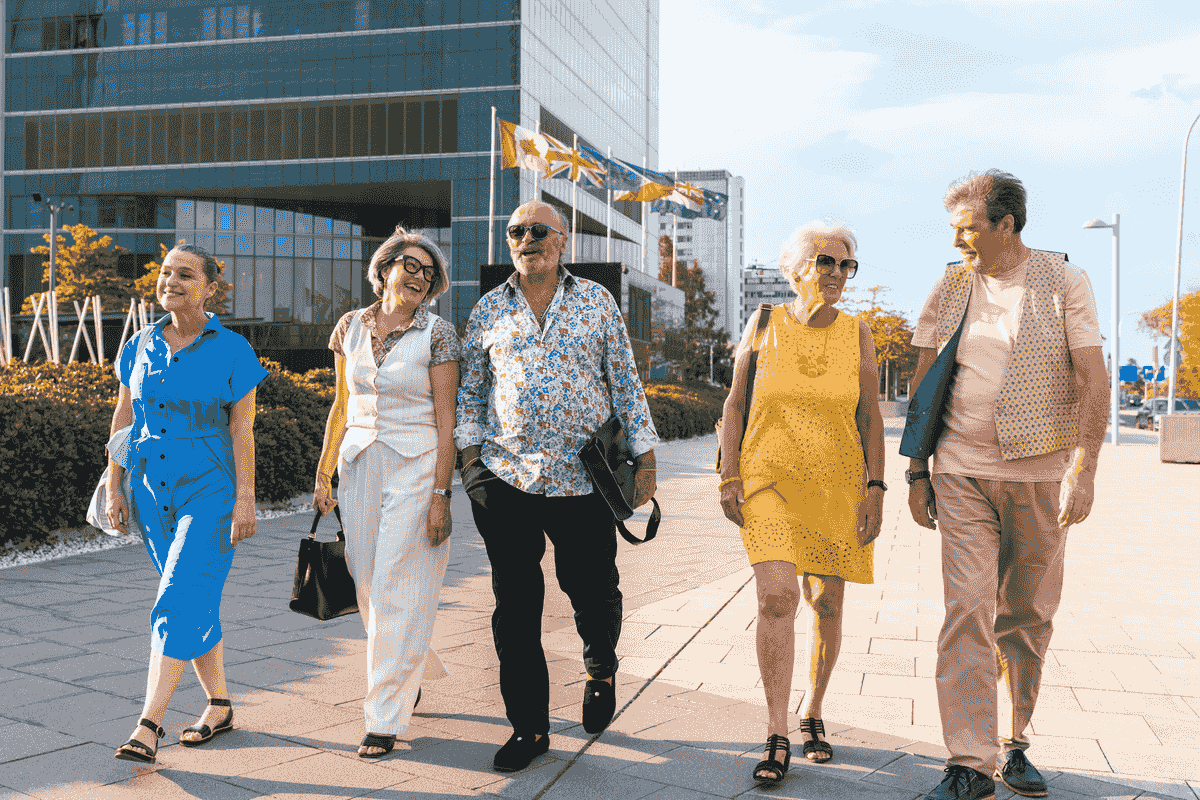
The Canada Strong Pass, currently offering discounts on parks, museums, and rail travel, presents a unique opportunity to evolve into a national well-being initiative by integrating social prescriptions.
This expansion would:
Improve public health by connecting Canadians to community-based activities that combat loneliness, promote physical activity, and enhance mental well-being.
Strengthen domestic tourism and local economies by increasing participation in cultural, recreational, and social events.
Reduce long-term healthcare costs by addressing non-medical determinants of health through preventative, community-driven solutions.
The Need for Social Prescribing in Canada

Health Promotion and Chronic Disease Prevention:
Investing more in public health now — such as preventive and social care programs — can reduce future spending on curative care (hospitals, doctors, and drugs) while improving population health. These initiatives are cost-effective long-term investments because they tackle the root causes of health disparities
(Increasing Canada’s health budget for preventive and social care makes sense fiscally and

Non-Medical Health Drivers:
Up to 80% of health outcomes are influenced by social, economic,
and environmental factors (WHO).

Social ROI:
For every £1 invested in social prescribing, there is a social and economic return
ranging from £2.14 to £8.56
(New report shows impact of social prescribing on health service use

Success Abroad:
The UK’s National Health Service (NHS) has saved £6 for every £1 invested in social prescribing by reducing hospital visits (NHS England, 2022).
Why the Canada Strong Pass?
The pass already provides:
1Free/discounted access to national parks, museums, and rail travel.
These are key assets for social prescribing.
2Ready-made digital/physical infastructure.
For an expediated nationwide rollout.
3Cross-sector appeal.
Aligns with tourism, health, and economic development goals.
Proposed Expansion: Key Features
A. Integrate Social Prescriptions into the Pass
Allow healthcare providers to "prescribe" free/discounted access to:

Cultural events and programs
(guided tours of museums and galleries, therapeutic arts programs, cultural forging and nutrition classes)

Nature-based programs
(guided hikes, camping, conservation volunteering)

Community events
(skill-sharing and training workshops, social clubs, language exchange)

Partner with Gigpass
(subscription-based event access) to test scalable models.
B. Targeted Benefits for Vulnerable Groups
Youth (17 & under)
Free museum entry, rail travel with adults
Early Career (18-30)
25% off cultural events, 15% off rail passes.
Mid Career (30-65)
Access to digital nomad and settlement programs.
Seniors & Isolated Individuals
Priority access to social assistance and personalized wellbeing programs.
Low-Income Families
Subsidized memberships for local activities
C. Measure Impact Across 7 Health Dimensions
1Social
(reduced isolation)
2Physical
(increased activity)
3Emotional
(improved mood)
4Career/Occupational
(skill-building)
5Intellectual
(cognitive engagement)
6Environmental
(nature exposure)
7Spiritual
(sense of purpose)
Expected Benefits
1Public Health:
● Reduced reliance on medical interventions for preventable conditions.
● Lower rates of depression and anxiety through structured social engagement.
2The Economy:
● Increased domestic tourism and local business revenue.
● Job creation in community health and recreation sectors.
3Government:
● A low-cost, high-impact preventative health strategy.
● Alignment with Canada’s Healthy Communities Initiative and Mental Health Strategy.
Implementation Plan
Phase 1: Pilot (2025-2026)
Partner with 5-10 communities to test social prescription integration.
Use Gigpass’s digital platform for tracking participation.
Collect data via CISP and UHN to refine the model.
Phase 2: National Expansion (2026+)
Expand to all provinces, integrating with healthcare referral systems.
Secure long-term funding through public-private partnerships.
Call to Action
We urge the Canadian government to:
1Form an interdepartmental task force
(Health, Heritage, Tourism, ESDC) to oversee expansion.
2Allocate $5M in pilot funding
funding to test social prescribing via the Canada Strong Pass.
3Establishpartnerships with insurers
(e.g., Desjardins, The Co-operators) to co-fund wellness incentives.
Copyright © 2025 - Solidarity In Numbers Cooperative. All rights reserved.
Solidarity In Numbers Cooperative is a Canadian Registered Community Service Cooperative. Cooperative Number 1570900-8









